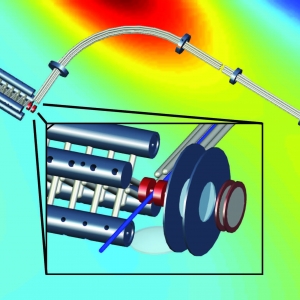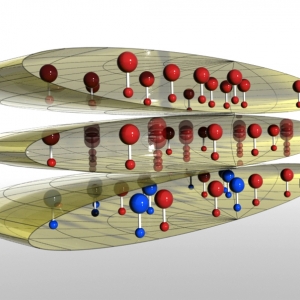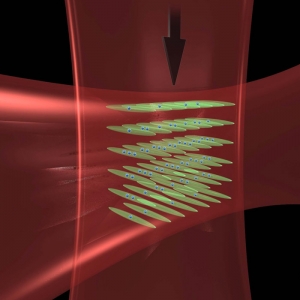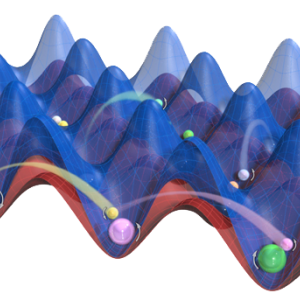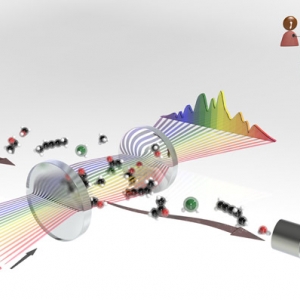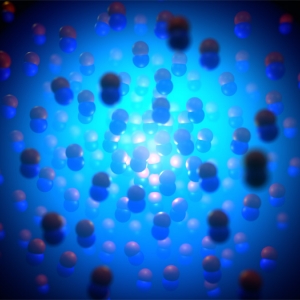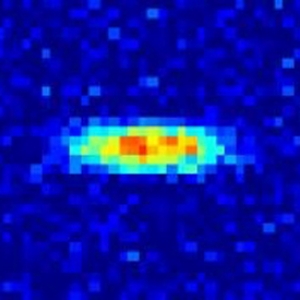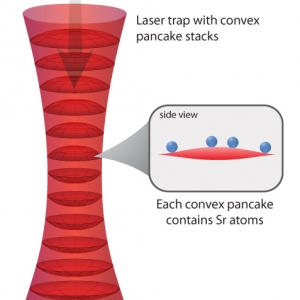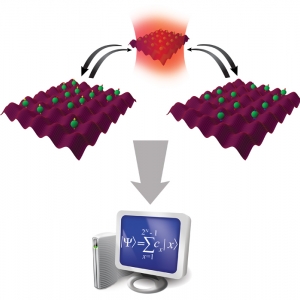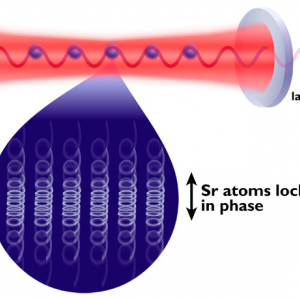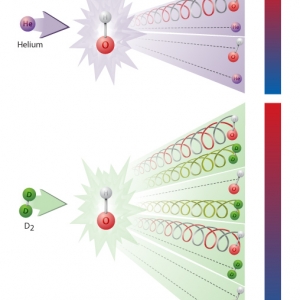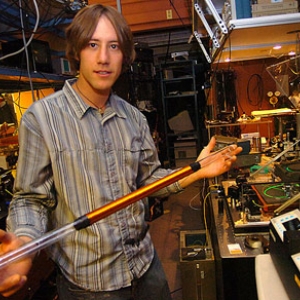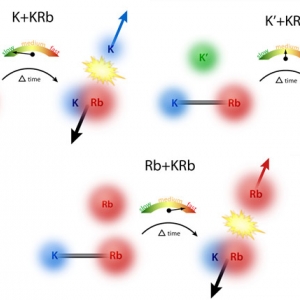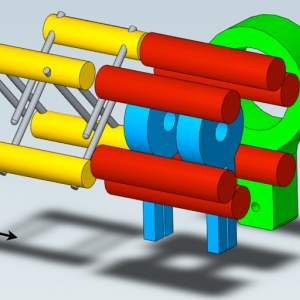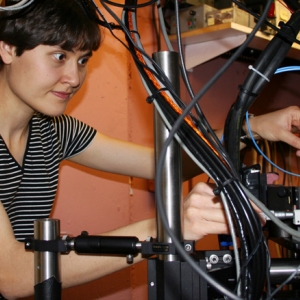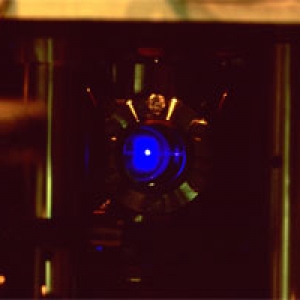Research Highlights
Quantum Information Science & Technology
The Quantum Control Room
Published: March 21, 2011
PI: Deborah Jin | PI: John Bohn | PI: Jun Ye
Precision Measurement
Strontium Clock Performance Skyrockets
Published: February 03, 2011
PI: Ana Maria Rey | PI: Jun Ye
Quantum Information Science & Technology
The Quantum Modeling Agency
Published: January 14, 2011
PI: Ana Maria Rey | PI: Jun Ye
Atomic & Molecular Physics
Deciphering Nature's Fingerprints
Published: November 24, 2010
PI: Jun Ye
Atomic & Molecular Physics
Redefining Chemistry at JILA
Published: May 06, 2010
PI: Deborah Jin | PI: Jun Ye | PI: Konrad Lehnert
Atomic & Molecular Physics
Freeze Frame
Published: April 17, 2010
PI: Deborah Jin | PI: Jun Ye
Laser Physics | Nanoscience | Precision Measurement
The Right Stuff
Published: April 17, 2009
PI: Jun Ye
Laser Physics
A Quantum Leap for Precision Lasers
Published: April 09, 2009
PI: Murray Holland | PI: Jun Ye
Nanoscience | Precision Measurement
Beams In Collision
Published: February 20, 2009
PI: Jun Ye
Laser Physics | Nanoscience | Precision Measurement
Stalking the X-Ray Frequency Comb
Published: July 09, 2008
PI: Jun Ye
Laser Physics | Nanoscience | Precision Measurement
Clock Talk
Published: April 10, 2008
PI: Jun Ye
Laser Physics | Nanoscience | Precision Measurement
Every Breath You Take
Published: April 02, 2008
PI: Jun Ye
Atomic & Molecular Physics
Lights, Magnets, Action!
Published: February 18, 2008
PI: Carl Wieman | PI: Deborah Jin | PI: Jun Ye
Atomic & Molecular Physics
Exploring a Cold New World
Published: April 12, 2007
PI: Chris Greene | PI: John Bohn | PI: Jun Ye




